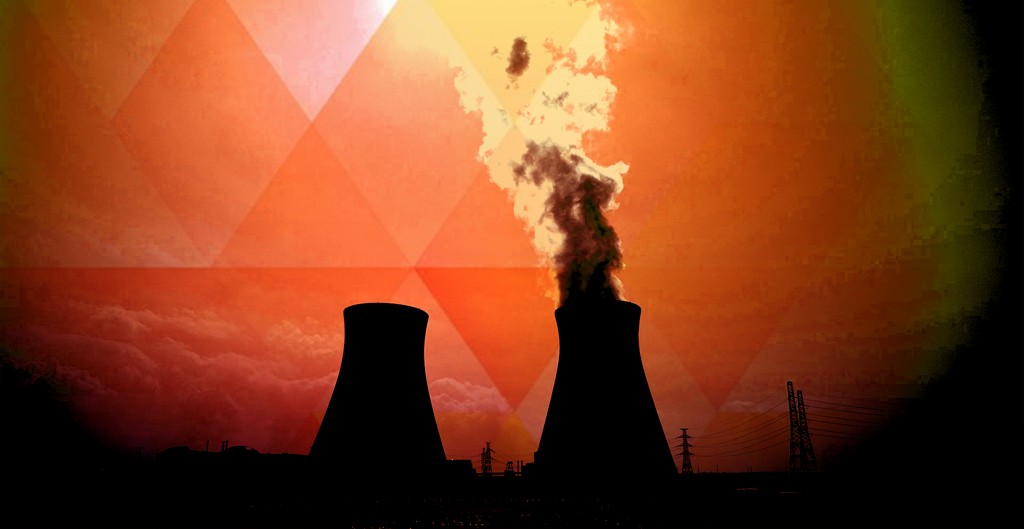What is India’s nuclear energy future?
By EPR Magazine Editorial May 9, 2017 11:34 am IST
By EPR Magazine Editorial May 9, 2017 11:34 am IST

Analysing India’s nuclear energy outlook
The country has gigantic energy needs in the future. In this gigantic energy need, how much per cent nuclear is going to contribute is very sceptical as there are much resistance to the nuclear power development in the country. In spite of facing confrontations there seems to be no stoppage to the nuclear energy as the developers are firm that nuclear energy is safe and will be sustainable in the future which certainly will be proved in the days to come.
It seems that the government is showing its huge interest in developing nuclear power as in July 2014, the government had announced tripling of the then existing capacity of 4,780 MW in the next ten years. With the commencement of commercial operation of Kudankulam Nuclear Power Project (KKNPP), Unit-1 (1,000 MW) in December 2014, the installed nuclear power capacity in the country has reached 5,780 MW. In addition, KKNPP, Unit-2 (1,000 MW) has been connected to the grid for the first time in August-2016 and is presently generating infirm power. On commencement of commercial operation of KKNPP-2, the installed nuclear power capacity in the country will reach to 6,780 MW.
Further, four reactors with a total capacity of 2,800 MW are under construction and four more reactors with a total capacity of 3,400 MW have been accorded sanction by the government. Bharatiya Nabhikiya Vidyut Nigam Ltd (BHAVINI), is building one 500 MWe capacity Prototype Fast Breeder Reactor (PFBR) at Kalpakkam, Tamil Nadu. PFBR is expected to be functional by October 2017. On progressive completion of these projects, the installed nuclear capacity will reach 13,480 MW. More reactors based on both indigenous technologies and with foreign technical cooperation are also planned in future.
At present the share of nuclear energy in the country is about 3.2 per cent in the current financial year 2016-17 (up to Feb-2017). To understand more the article will describe about what is India’s nuclear energy future.
For any major power energy independence is of vital importance. This requires physical control of raw material and the technological and scientific ability to use this resource for the common weal. Because of its universality, this is particularly true for electricity.
Briefing about what is India’s nuclear energy future Shah Nawaz Ahmad, Senior Advisor, India, Middle East and South East Asia, World Nuclear Association says, “Thorium is a principal resource that is indigenously available. The Department of Atomic Energy (DAE) is therefore pursuing the three stage programme of Uranium based thermal reactors, followed by fast breeder reactors that will eventually breed enough U233 (from Th 232) to permit Thorium fuel to generate commercial electricity. But this is still some way off. Hence, in the intervening period energy security acquires greater importance.”
Electricity is an immediate need in India and the government is pursuing an optimal mix policy of fossil, renewable and nuclear based energy generation.
He adds, “However nuclear power is specially placed to guarantee energy security to the nation; and its usage needs to be accelerated.” Nuclear Power Plants (NPPs) supply 24 / 7 power reliably over long periods. NPPs have the highest capacity factors (85-90 per cent as against less than 30 per cent for most renewable) and long plant life (more than 60 years). This permits nuclear to be competitive in most parts of the world in-spite of high capital costs.
Nuclear fuel can be stocked in large quantities at the plant site (at 27 tonne/year for a 1,000 MWe plant) at a small fraction of the cost of the plant. (Against 3 million tonne / year for a coal plant).
We use cookies to personalize your experience. By continuing to visit this website you agree to our Terms & Conditions, Privacy Policy and Cookie Policy.